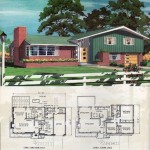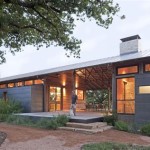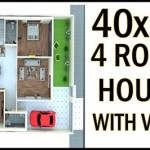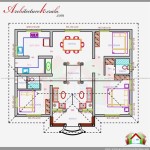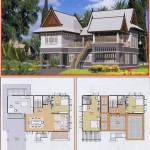Essential Aspects of Hen House Design Plans
Designing a hen house is not just about creating a shelter for your chickens. It's about creating a functional and comfortable living space that will promote their health, productivity, and well-being. Here are some essential aspects to consider when creating hen house design plans:
1. Size and Space Requirements:
The size of your hen house will depend on the number of chickens you intend to keep. A general rule of thumb is to provide 2-3 square feet of floor space per chicken. You'll also need to consider additional space for nesting boxes, roosting bars, and a ventilation system.
2. Ventilation and Lighting:
Proper ventilation is crucial for maintaining a healthy and comfortable environment for your chickens. Ensure adequate airflow by incorporating vents or windows. Additionally, provide artificial lighting inside the hen house to extend the day length, especially during winter months.
3. Nesting Boxes:
Nesting boxes are essential for egg-laying hens. Provide one nesting box for every 3-4 hens. The boxes should be spacious enough, lined with soft material, and designed to protect eggs from breakage.
4. Roosting Bars:
Chickens naturally roost on elevated perches. Provide sturdy roosting bars made of wood or metal. Ensure they are at least 18 inches off the ground and spaced apart to allow each hen ample space.
5. Safety and Security:
Protect your chickens from potential predators and the elements. Ensure the hen house is well-built, secure, and has sturdy locks. Consider adding wire mesh or fencing around the perimeter to deter predators.
6. Waste Management:
Regular cleaning and waste management are essential for hen house hygiene. Design the hen house with easy access to the floor for cleaning and install a waste collection system, such as a deep litter method or a manure pit.
7. Accessibility and Convenience:
Consider the convenience of cleaning and maintaining the hen house. Ensure easy access to nesting boxes, roosting areas, and waste management systems. An automatic door opener can also enhance accessibility and provide security.
8. Materials and Construction:
Use durable and weather-resistant materials for the hen house's construction. Consider insulated walls and a sloping roof to regulate temperature and prevent leaks. Proper insulation can also reduce noise levels and create a more peaceful environment for your chickens.
9. Health and Biosecurity:
Design the hen house to promote the health of your chickens. Use materials that are easy to clean and disinfect. Avoid overcrowding and implement biosecurity measures to prevent the spread of diseases.
10. Aesthetic Appeal:
While functionality is paramount, you can also consider the aesthetic appeal of your hen house. Choose colors and designs that complement your backyard or garden. A well-designed hen house can enhance the overall look of your property.
By incorporating these essential aspects into your hen house design plans, you can create a comfortable, healthy, and productive living space for your chickens. Remember to adapt these guidelines to suit your specific needs and the number of chickens you intend to raise.

Sunrise En Coop Plans And Progress Pictures Diy Designs

The Norfolk Coop En Designs Small Coops

Beautiful En Houses Plans Poultry House Coop Designs

Large 8x8 En Coop Plans With Run Construct101

10 Free Backyard En Coop Plans Project
:max_bytes(150000):strip_icc()/steamy-kitchen-59b95be10d327a001198fdd8.jpg?strip=all)
13 Free En Coop Plans You Can Diy This Weekend

The Palace En Coop Free Plan Steamy Kitchen Recipes Giveaways

The Garden Loft Large Walk In En Coop Plans

10 Free Backyard En Coop Plans Project

Layer En House Plans For 500 Ens Cage Layout And Display Design

